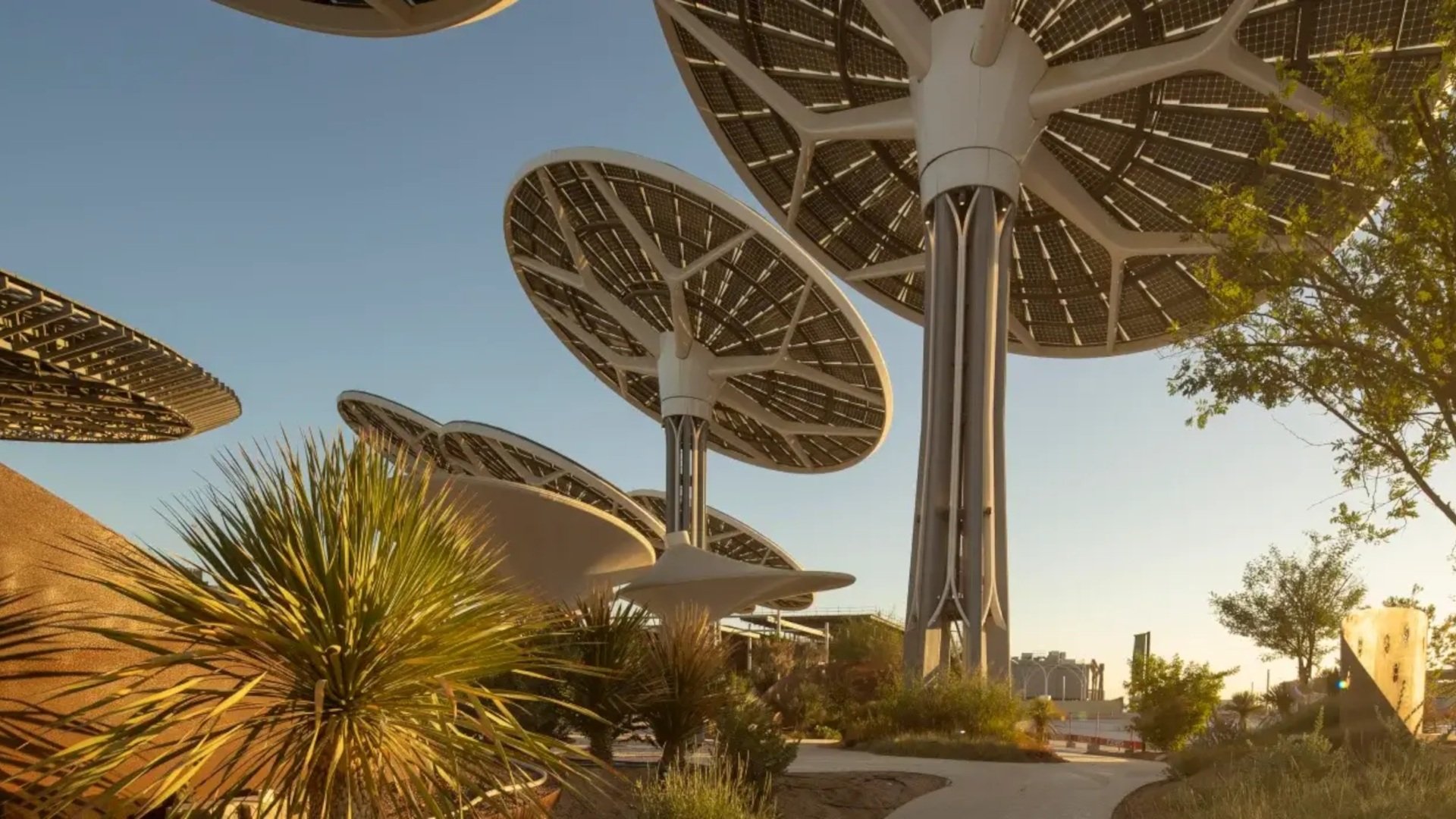Starting tomorrow in Dubai, more than 70,000 experts and government representatives will be negotiating the upcoming climate protection measures as part of COP28. The annual UN climate conference puts the topic of global warming on the agenda – the digital signage industry must also do its part to reduce global warming. Not only politicians, customers also expect green signage.
With the EU Climate Law, the EU has increased its long-term target for 2050 and is now aiming for net zero greenhouse gas emissions (“climate neutrality”) and then negative emissions. Emission sinks can offset emission sources. In order to achieve this long-term goal, the EU has adjusted its interim target for 2030 from 40 to 55 percent reduction in emissions compared to 1990.

The impact on digital signage projects has been noticeable since the energy crisis in Europe over the past two years. The public is hyper-sensitized to the topics of LED, outdoor signage and the operation of digital signage after closing time. Tenders from large corporations in Northern Europe, the DACH region and Benelux call for “the most energy-efficient solutions possible”.
But not only do new digital signage and DooH networks have to be as energy efficient as possible, existing networks also have a lot of sustainability potential. Displays, projectors, LEDs and media players should be switched off completely at night, brightness sensors should be activated and hardware should be repaired and used for longer.


